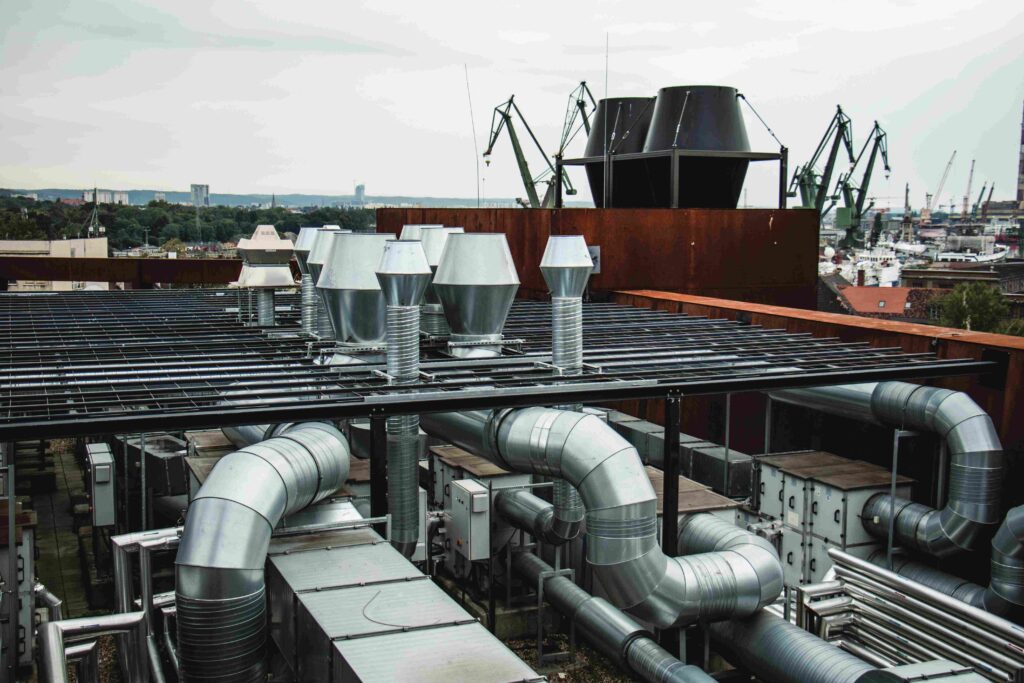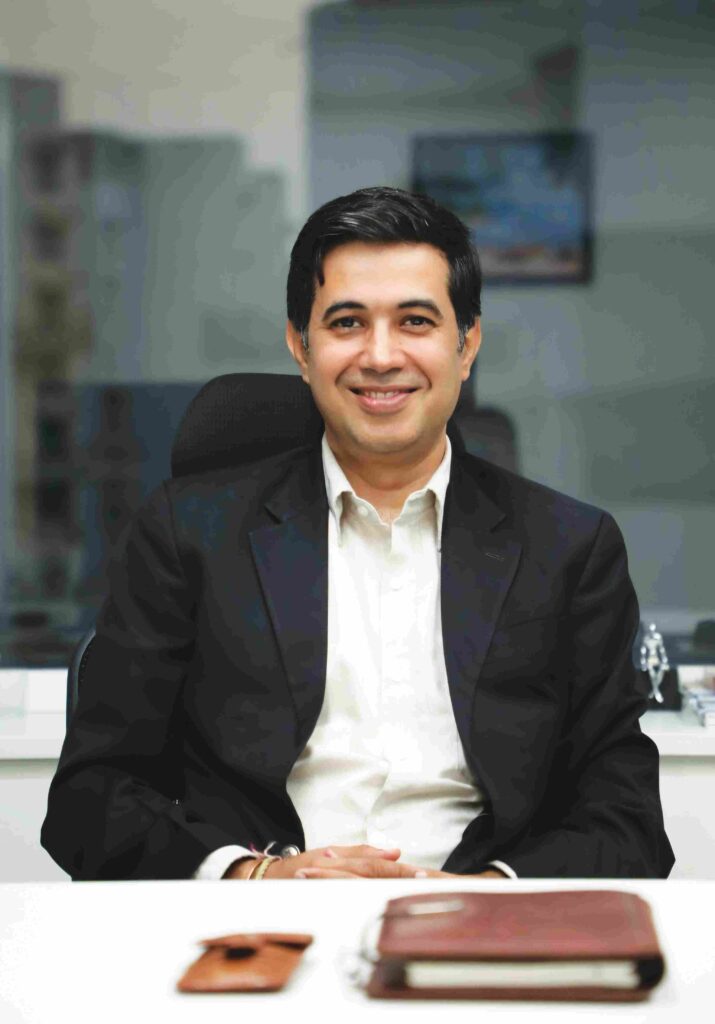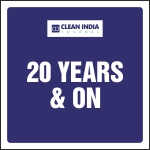
Decades ago, in the dark alleys of industrial history, small-built boys were sent into narrow chimneys and ducts — armed with little more than rags and brushes — to clean the accumulated grime. It was hazardous, inhumane and shockingly common. While the world has moved on, the importance of duct cleaning has only grown — with far more serious implications today for industries like pharmaceuticals, food processing and electronics.
In an exclusive interaction with Clean India Journal, Keshab Chopra, Co-Founder and CEO of Consergy Systems and Technologies LLP, takes us through the evolution of duct cleaning, its growing significance, and the technological advances that are changing the game.

Since 2020, HVAC systems and air circulation are in the spotlight. The idea that airborne pathogens could circulate through ducts was a wake-up call for many industries.”
Keshab Chopra
“Duct cleaning has seen a significant rise post-pandemic,” says Keshab. “The realisation that contaminants in the air can bring entire operations to a standstill — let alone the threat to human health — has changed the way organisations look at HVAC maintenance.”
Particularly in industries like pharmaceuticals and cosmetics, where powdered substances or ointments are produced, air movement within HVAC systems could lead to fine particles being deposited within ducts. Despite filters, contaminants can find their way into the system, and over time, this could result in air and product contamination.
“Food and Drug Administration authorities — both in India and globally — have sharpened their focus on duct hygiene,” adds Chopra. “We’ve seen audits where poor duct cleanliness has resulted in approvals being revoked. It’s no longer optional.”
He emphasizes that cross-contamination is now a major concern — even in automated production environments with minimal human presence. A contaminated duct can compromise batches in pharma or food manufacturing facilities, leading to recalls or shutdowns.
Customised Solutions
“Different industries have different demands,” Chopra explains. In automotive plants, undesirable air movement during assembly — particularly around sensitive electronics — makes duct hygiene critical. In metalworking units, welding fumes accumulate over time, while in food and pharma, the risk is microbial, or particulate based.
The cleaning process itself can vary: some ducts are cleaned every three months, while others go untouched for over 15 years. The nature of the debris — greasy, oily, dry, or powdery — depends entirely on the environment and operations within.
“Unfortunately, there is no standardisation,” he says. “Cleaning intervals vary widely, depending on awareness levels and risk tolerance.”
The challenge lies in matching the cleaning method to the type of debris: dry particles might respond to brushing or suction, but greasy deposits need wet chemical solutions.
“Automotive plants today have advanced electronics built into their assembly lines,” says Chopra. “Any disruption from welding fumes or uncontrolled particulates can cause line failures.”
Primitive Methods to Robotic Precision
While technology has taken great strides, Chopra reveals that disturbing practices still exist at the fringes: “There are still places where children are made to crawl into ducts with cloth or makeshift drill brushes. It is not only dangerous, but also ineffective.”
At the other end of the spectrum, companies like Consergy deploy robotic systems to ensure thorough cleaning with minimal human intervention. These systems include motorised brushes, extraction mechanisms, and even remotely operated cleaning bots akin to drones that navigate through the ducts.
“It is not just about removing dirt,” he says. “It is about how you extract it safely and efficiently. A proper extraction system is critical.”
He further explains that robotic tools can be calibrated to various duct conditions and contaminant types, offering precision cleaning even in large industrial systems. This helps raise the overall standard across the industry.

Energy Efficiency: Sealing the Deal
Beyond cleaning, Consergy also offers air duct sealing solutions — a relatively lesser-known but high-impact service. “Think of it like running an air conditioner with a window open,” says Chopra. “Duct leaks lead to energy loss, uneven temperature control, and system inefficiency.”
Their sealing solution is non-intrusive and doesn’t require dismantling. “We use a sealant blown into the ducts that sticks only to the holes, sealing them ‘in situ’. It’s effective, fast, and doesn’t disrupt facility operations.”
The impact goes beyond comfort — sealed ducts support energy savings, sustainability, and better system performance. In pharmaceutical and data centre environments, where airflow consistency is non-negotiable, this makes a measurable difference.
“It is not just a maintenance function anymore,” says Chopra. “It is a strategic investment in operational efficiency.”
Future of Duct Management
As regulatory scrutiny increases and awareness deepens, the demand for professional duct maintenance is expected to grow. With pioneers like Consergy leading the charge, the industry is not just cleaning ducts — it is raising standards, saving energy, and safeguarding public health.
Consergy, which began as a duct cleaning provider, now positions itself as a technology-driven energy solutions partner. “Our goal is to redefine how people think about ductwork — not just as infrastructure, but as a critical system that impacts energy, health, and compliance,” Chopra concludes.


































